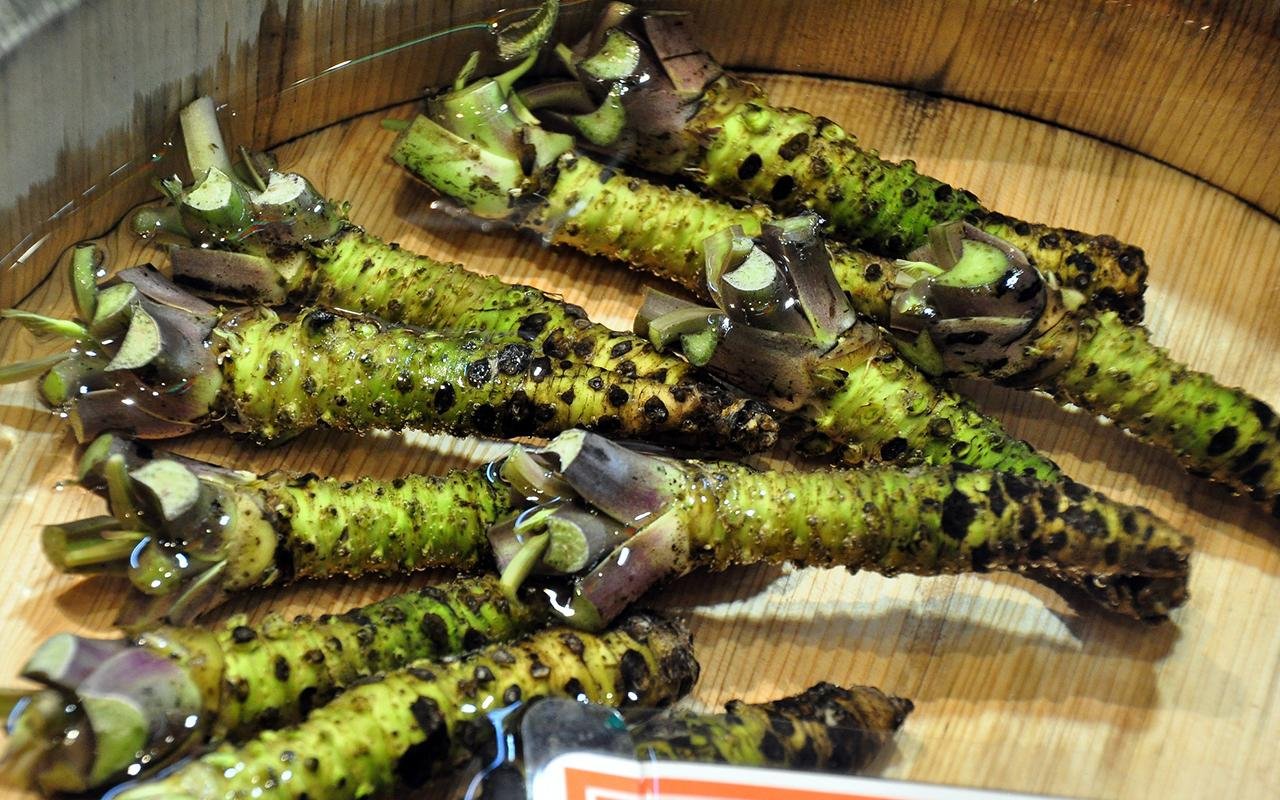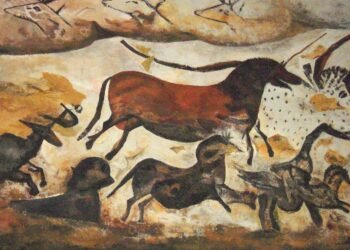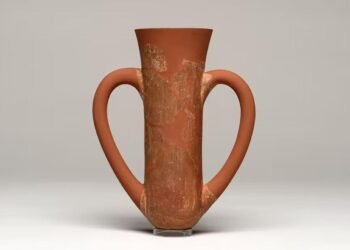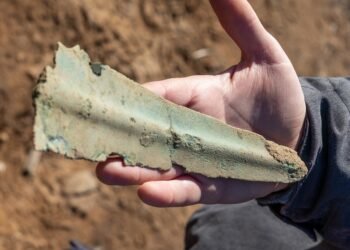A discovery in the preservation of ancient artifacts has emerged from the Grand Egyptian Museum, where researchers have found an innovative method utilizing wasabi to safeguard delicate papyrus documents from fungal damage.

Led by Hanadi Saada and her team, this new approach offers a sustainable and effective solution to combat the persistent threat faced by these priceless historical relics.
Papyrus, a material with deep historical and cultural significance, particularly in ancient Egypt, has long been susceptible to biodeterioration, primarily due to fungal growth. Traditional preservation methods often posed challenges, with chemicals risking damage to the fibers or altering pigments, and physical methods not always ensuring complete removal of biological agents without collateral damage. However, the introduction of wasabi presents a promising alternative.
The study, published in the Journal of Archaeological Science, investigated the efficacy of wasabi vapors in eradicating microbial growth on both painted and non-painted papyrus samples. Remarkably, after just 72 hours of treatment, the wasabi vapor completely eliminated fungal contamination while improving the tensile strength of the artifacts by 26%, without altering their color or surface morphology. FT-IR and EDX analyses further confirmed minimal chemical changes.

Saada says the bio-deterioration of papyri is a worldwide problem. Their innovative approach not only offers a safer, greener alternative for preservation but also ensures the longevity of these invaluable artifacts without compromising their integrity. Jessica Byler from the Penn Museum acknowledged the limitations of current storage methods, expressing interest in eco-friendly conservation techniques.
The implications extend beyond papyrus conservation, with potential applications for other organic archaeological materials. Researchers are optimistic about testing wasabi’s effectiveness on materials like wood, paper, and textiles, which are also vulnerable to fungal damage. This could revolutionize preservation strategies worldwide.



























